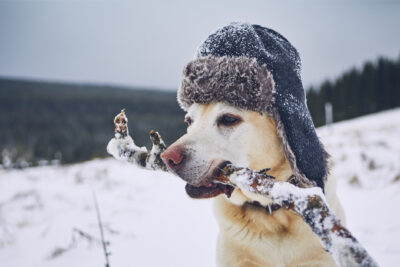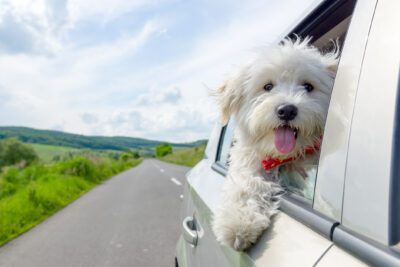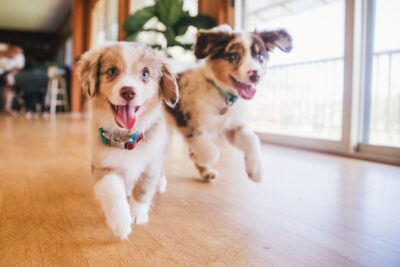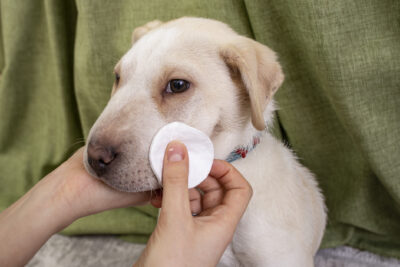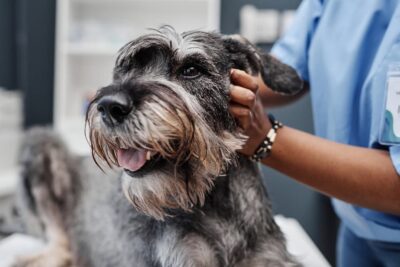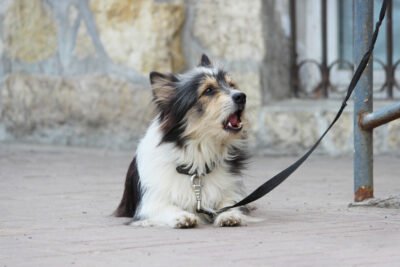Dog Jowls: Everything You Need to Know

Have you ever looked at a Bulldog or at that dog from the old movie “Turner and Hooch?” The first thing you notice is probably the large jowls that accent their mouths.
Dog jowls not only add character and personality to some dog breeds, they can also serve a number of different functions.
What Are Dog Jowls?
Jowls are the loose flaps of skin and lips that hang on either side of a dog’s mouth. In addition to excess skin, there is also a thin layer of fat and connective tissue within a dog’s jowls.
All dogs have jowls, or loose skin around the mouth, but only some breeds have obvious, prominent jowls.
Why Do Dogs Have Jowls?
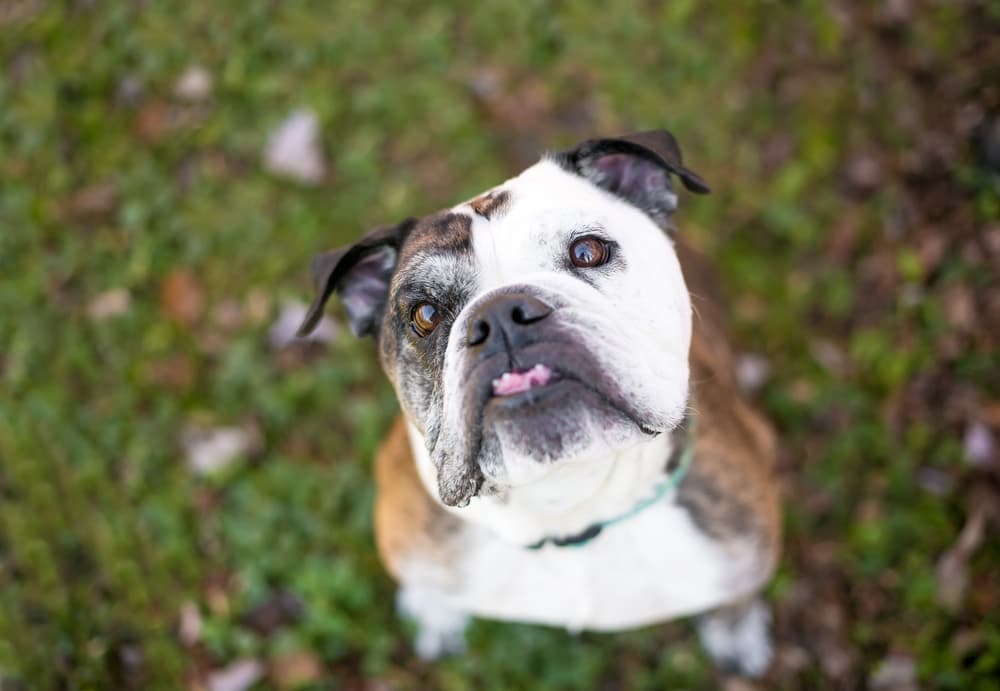
Jowls may serve a number of potential benefits for dogs, including the following:
Makes Eating Easier
First, having stretchy skin on both sides of the mouth allows dogs to open their mouths wide for eating and chewing, without food falling out of the mouth.
Helps Retain Moisture
Jowls may also help retain saliva in a dog’s mouth, making the mouth less likely to dry out.
Offers Protection
If a dog has prominent jowls, it may be harder for another dog to grab a hold of the face. This is due to the unpredictable movement of the jowls when a dog is moving. Even if another dog does grab a hold of the jowls, large jowls may help protect delicate internal structures.
Keeps Water Out
In breeds that swim a lot, dog jowls may help keep excessive water from entering the mouth and airways by trapping a large air bubble close to the mouth.
Assists With Scent and Tracking
Finally, jowls may help waft smells towards the nose when a dog is sniffing a scent trail. This can offer benefits to dogs that are tracking a scent or doing other scent-focused work.
In many cases, large jowls are simply the result of human breeding choices. While jowls may have potential functional benefits, many people simply like the look of droopy dog jowls. Therefore, breeders of some breeds have gradually, over the course of generations, selected for dogs that have larger and more prominent jowls.
Dog Breeds with Large Jowls
While all dogs technically have jowls, some breeds are known for their large, prominent, droopy jowls. Dogs with big jowls include:
- Basset Hound
- Bloodhound
- Boxer
- Bulldog
- Dogue de Bordeaux
- English Mastiff
- Great Dane
- Neapolitan Mastiff
- Newfoundland
- Rottweiler
- Saint Bernard
Even some Labrador Retrievers have pronounced jowls, although theirs are often not as large and pronounced as the breeds listed above.
Common Problems With Dog Jowls

Dog jowls are made up of skin folds. These skin folds often trap saliva, water that the dog drinks, and moisture from the environment. All of this moisture collecting within the skin folds can predispose some dogs to bacterial and fungal (yeast) infections.
Bacteria and yeast tend to grow in dark, moist places, which makes droopy dog jowls and skin folds a perfect location. These infections of the jowls—often referred to as lip fold dermatitis or lip fold pyoderma—can cause the jowls to become swollen, red, and painful. In severe cases, dogs may scratch at their inflamed jowls to the point that they make their skin bleed.
Large jowls are also associated with drooling in some breeds. This excessive drooling is caused by the pooling of saliva and fluid within the skin folds of the jowls. Dogs may leave a trail of water when walking away from their water bowl, or may often be observed with long strings of thick, ropey saliva hanging from their jowls.
While slobbery dogs do not have a true medical problem (unless it leads to infection), it is certainly an inconvenience for many dog owners.
Jowls are also a common site of oral papillomavirus (warts). Papillomas are caused by a virus that is spread between dogs; it is most common in dogs under two years old. A dog with papillomavirus will have multiple pink, bumpy growths visible inside the mouth or on the jowls. In severely affected dogs, these papillomas may become painful and may even start to bleed. Having large jowls does not increase the likelihood of a dog developing papillomavirus, but papillomas on the jowls are often more obvious.
Cleaning Dog Jowls
If your dog has a history of lip fold dermatitis, your veterinarian may recommend cleaning your dog’s jowls on a regular basis. Removing moisture and debris from the lip folds can create an environment that is less hospitable to the growth of bacteria and fungi.
When cleaning your dog’s jowls, be sure to use a product that has been recommended by your veterinarian. Alcohol is often too harsh and drying, while cleaning with water will only further contribute to moisture issues.
Medicated washes or wipes containing chlorhexidine or benzoyl peroxide may be available at some pet stores, but it’s best to ask your veterinarian for a recommendation.
Your goal in cleaning your dog’s jowls is to spread apart the skin folds and wipe deep inside the folds with a medicated wipe or a soft rag soaked with cleaner. It is not enough to simply wipe the surface of the skin—be sure to remove debris and moisture from deep inside the skin folds. Follow the directions on the cleaner (or provided by your veterinarian) in regards to rinsing, and use caution to avoid contact with the eyes.
Finally, dry your dog’s jowls thoroughly. Residual moisture can lead to further irritation of the jowls. Depending on your dog’s skin condition, your veterinarian may also recommend applying a medicated ointment to the skin folds after cleaning.
Do not clean your dog’s jowls without first talking to your veterinarian. If your dog currently does not have skin problems in that area, the last thing that you want to do is to cause skin irritation by frequently applying a harsh cleaner.
